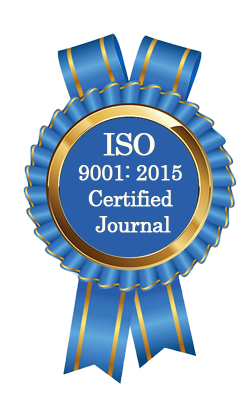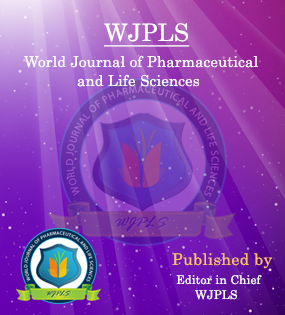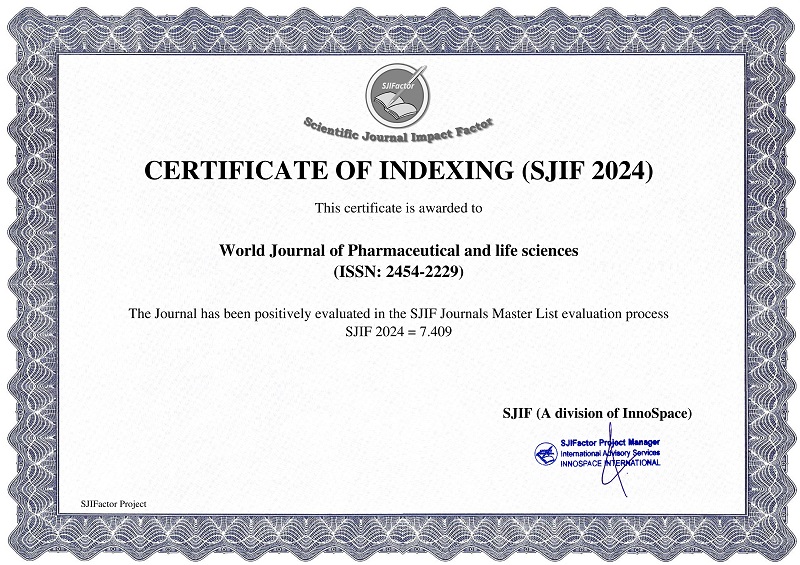Abstract
PROTECTIVE EFFECT OF CALENDULA OFFICINALIS AGAINST DOXORUBICIN-INDUCED GENOTOXICITY, BIOCHEMICAL AND HISTOPATHOLOGICAL CHANGES IN MALE MICE
Hesham Y. El-Zorba, Ekram S. Ahmed, Shenouda M. Girgis*, Hossny A. H. El Banna, Mahrousa M. Hassanane and Dina M. Derbala
ABSTRACT
Doxorubicin (DXR) is a chemotherapy drug for malignant tumors. However, its clinical utility is limited by severe genotoxicity, nephrotoxicity and hepatotoxicity, DNA damage and free radical stress. In this study, the protective role of Calendula officinalis extract (COE) against Doxorubicin (DXR) induced genotoxicity, biochemical and histopathological changes has been evaluated in male albino mice. We have evaluated the protective effects of Calendula officinalis 70 % ethanolic extract on cytogenetic, DNA damage, biochemical and histopathological changes induced by DXR administration in male mice. Swiss albino male mice were divided into six groups for sub-acute treatment (daily for 14 consecutive days) before euthanasia. The 1st group served as negative control. The 2nd group served as positive group and received DXR (16 mg/kg bw) on day 15 of treatment. The 3rd group received COE (250mg/kg bw by gavage) for 14 days and 0.9% NaCl on day 15. The 4th group received COE (250mg/kg bw) for 14 days and DXR (16mg/ Kg bw) on day 15. The 5th group received COE (500mg/kg bw) for 14 days and 0.9% NaCl on day 15. The 6th group received COE (500mg/kg bw) for 14 days and DXR (16mg/ kg bwip) on day 15. Chromosomal abnormalities of both germ and somatic cells, formation of micronuclei (MNs) in bone marrow cells in male mice. As well DNA damage, biochemical and histopathological changes have been determined. The results of the present study showed a significant decrease in the frequencies of chromosomal aberrations in both somatic and germ cells, percentages of DNA damage and in the frequencies of micronucleated cells in all groups received COE and/or DXR, especially with the high dose of the extract (500mg/kg bw) compared to DXR treated group only. The administration of COE 14 days prior to DXR injection induced significant decrease in malondialdehyde (MDA), alanine aminotransferase (ALT), aspartate aminotransferase (AST), urea, creatinine but increase in albumin level in both concentrations (250,500 mg/kg bw) when compared to DXR only injected group. Histopathological observations revealed that DXR-intoxication resulted in massive structural and functional impairment of liver, kidney and spleen. However, oral administration of COE significantly attenuated DXR-induced oxidative damage in these specimens. In conclusion, its important to use a protective agent possess multiple pharmacological activities such as COE to prevent toxicities induced by DXR and this may be mediated by its potent antioxidant effects.
[Full Text Article] [Download Certificate]WJPLS CITATION 
| All | Since 2020 | |
| Citation | 590 | 424 |
| h-index | 12 | 10 |
| i10-index | 17 | 14 |
INDEXING
NEWS & UPDATION
BEST ARTICLE AWARDS
World Journal of Pharmaceutical and life sciences is giving Best Article Award in every Issue for Best Article and Issue Certificate of Appreciation to the Authors to promote research activity of scholar.
Best Article of current issue
Download Article : Click here





